Planning The Automation Project
Validating the SUT is consistent
When starting a first project in Eggplant, the first key principle is to understand your AUT / SUT. Eggplant automates at the UI layer, which allows you to test from the perspective of the user, leading to simpler automation.
The outcomes of this section should be:
- Identifying repeatable behaviour and functionality.
- Identifying potential automation risks and complex scenarios.
- Determining the primary automation approach, either OCR or Images.
In this example we will run through a sub-set of use cases on the NopCommerce site manually to observe the UI behaviours.
Identifying Repeatable Behaviour and Functionality
The steps of the use cases are displayed side-by-side so that we can observe commonalities between them.
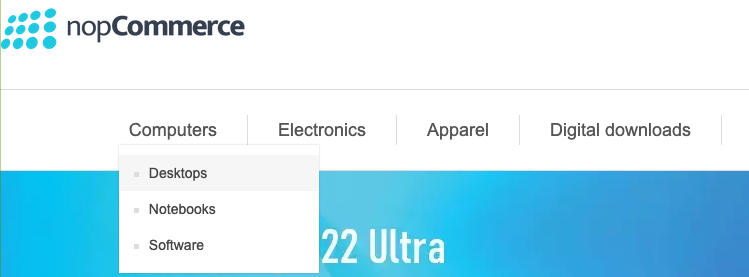

- NopCommerce logo can be a validation for webpage loading
- UI is Text driven, with limited-to no icons
- Primary and secondary drop-down navigation
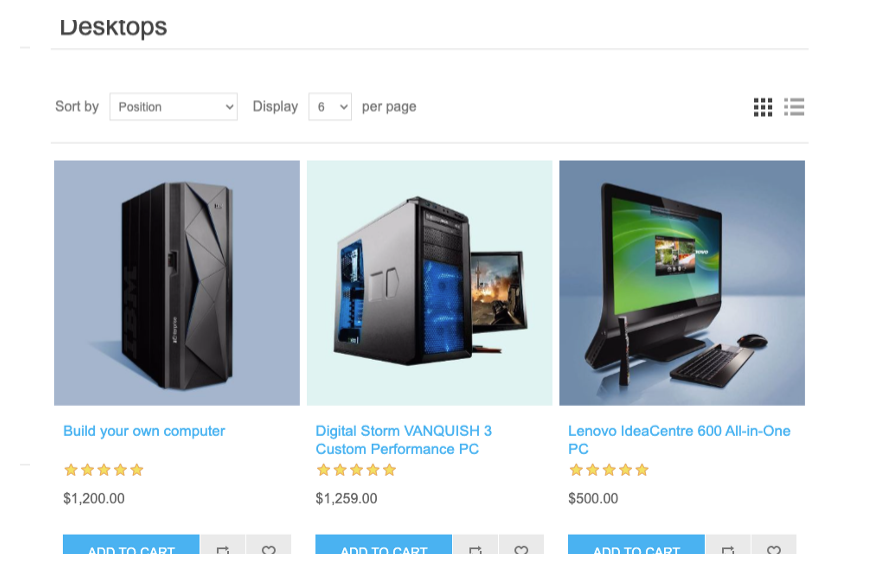
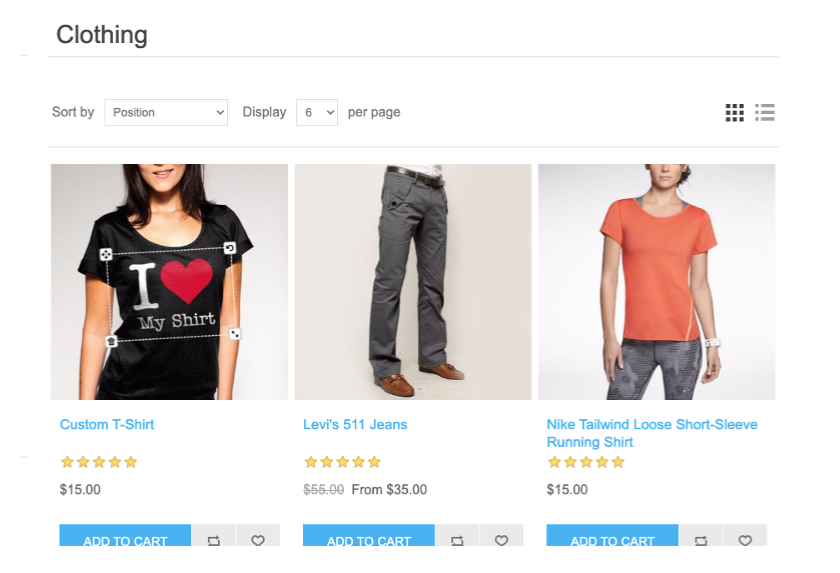
- Content is presented in a consistent manner for both product pages
- Predominantly text driven with a few graphical icons
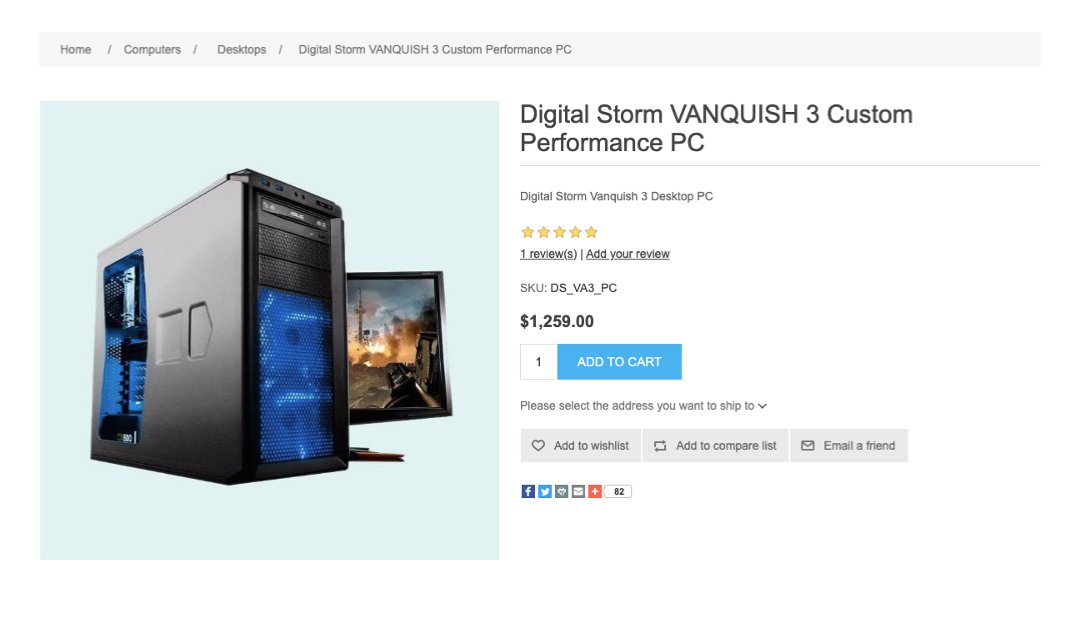

- Product name can be the primary validation
- Content is presented in a consistent manner for both products
- Predominantly text driven
- List item here
Identifying Potential Automation Risks and Complex Scenarios
A complex scenario can be identified when there are specific validations or a one off behaviour that exists in the test pack - which either requires the specific combination of reusable functions or bespoke code. We won't be covering complex testcases in the best practices, however assuming we increased the scope, these examples of observations we'd taking on the item page.
With complex functions, it is important to keep the approach simple and some cases, recreating the automation in the way a user would interact with the AUT, yields the best results.
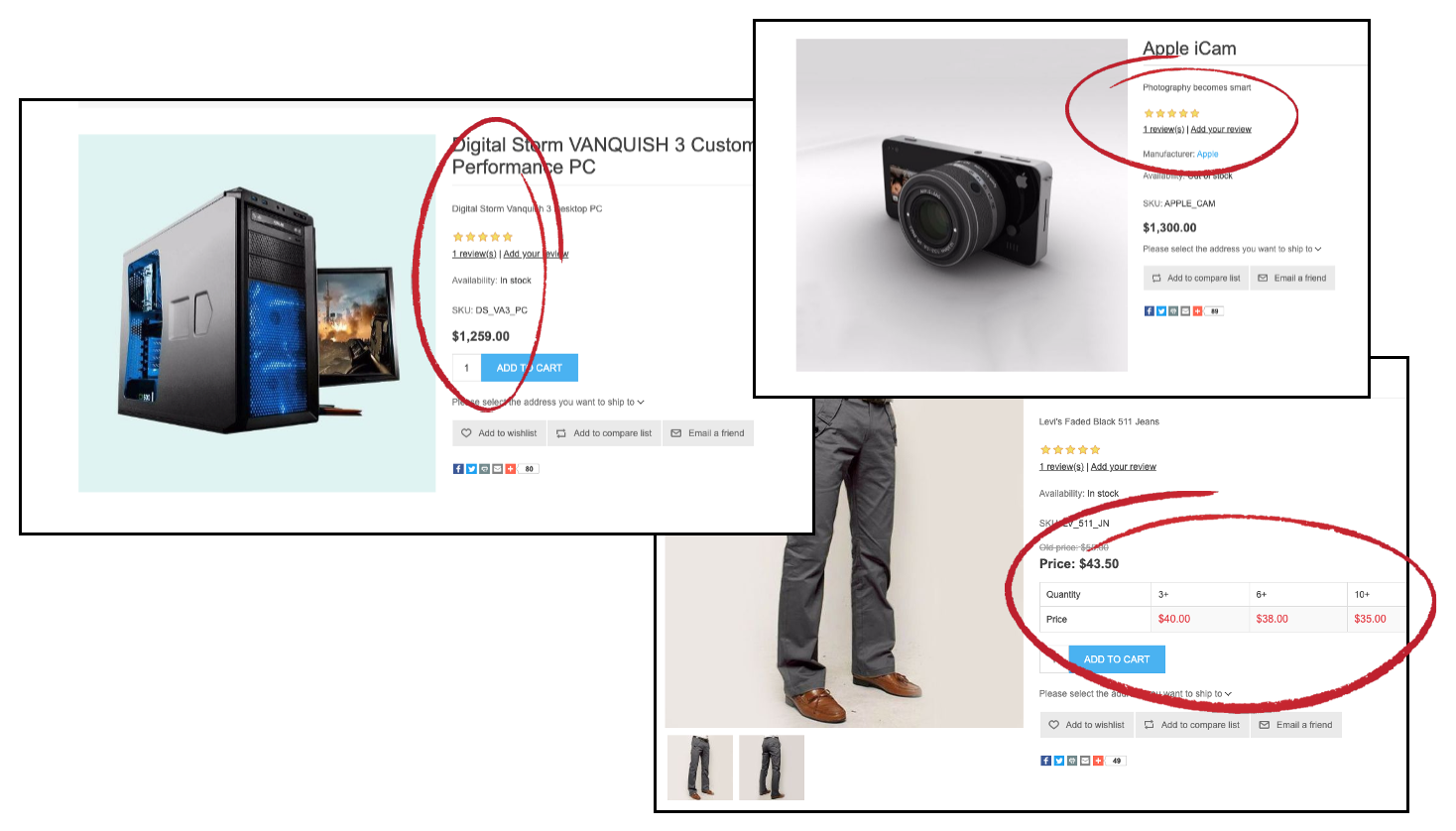
- Consistent layout of item details including cost, sku, name etc.
- Not all items have a price based on quantity.
- Ratings are consistently the same in style and functionality.
Determining the primary automation approach, either OCR or Images
When taking a project, choosing the right engine to drive automation is important. More details on these topics can be found in the OCR or Images section of the Best Practices. However, the decision about which engine you use can be boiled down to the following criteria: